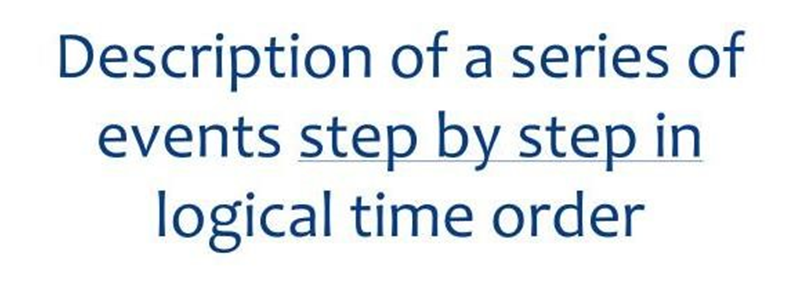TECHNICAL COMMUNICATION
Definition:
Technical Communication refers to the process of conveying specialized or complex information in a clear, accurate, and easily understandable manner to a specific audience. The purpose is to help the reader understand concepts, perform tasks, or make decisions effectively. It focuses on clarity, precision, and usability rather than decorative language or literary style.
Technical communication appears in user manuals, lab reports, business emails, proposals, presentations, instructional videos, online help pages, and technical documentation.
Key Features of Technical Communication
-
Accuracy and Objectivity:
The information must be fact-based, correct, and free from personal bias. -
Clarity and Conciseness:
Ideas should be communicated in simple, direct language without unnecessary words. -
Audience-Centered Approach:
The level of detail and terminology should match the knowledge and needs of the intended audience. -
Logical Organization:
Information should be arranged in a clear structure using headings, subheadings, bullet points, and numbered steps. -
Use of Visual Aids:
Tables, charts, graphs, flowcharts, and diagrams help clarify complex information quickly.
Writing Definitions in Technical Communication
A formal definition usually includes three parts:
-
Term – the word or concept being defined
-
Class – the category to which the term belongs
-
Differentiating Characteristics – features that distinguish it from others in the same class
Examples:
-
Water is a liquid made up of hydrogen and oxygen in a 2:1 ratio.
-
A prototype is a preliminary version of a product that is built to test and evaluate design features.
-
Astronomy is a branch of science that studies celestial objects and space phenomena.
Language Pattern for Definitions
Main Clause + Relative Clause (that / which)
Example:
A thermometer is a medical device that is used to measure temperature.
Activity: Match the Main Clause with the Subordinate Clause to Form Correct Definitions
A
-
An antivirus is a software program
-
A database is an organized collection of data
-
A microprocessor is the central processing unit (CPU) of a computer
-
A router is a networking device
-
Telecommunication is the exchange of information
B
a. that stores, retrieves, and manages data in a structured manner.
b. that is designed to detect, prevent, and remove malicious software.
c. that enables communication between computer networks.
d. that acts as the brain of the computer system.
e. that enables users to send and receive information over a distance.
Answers:
1 → b
2 → a
3 → d
4 → c
5 → e






